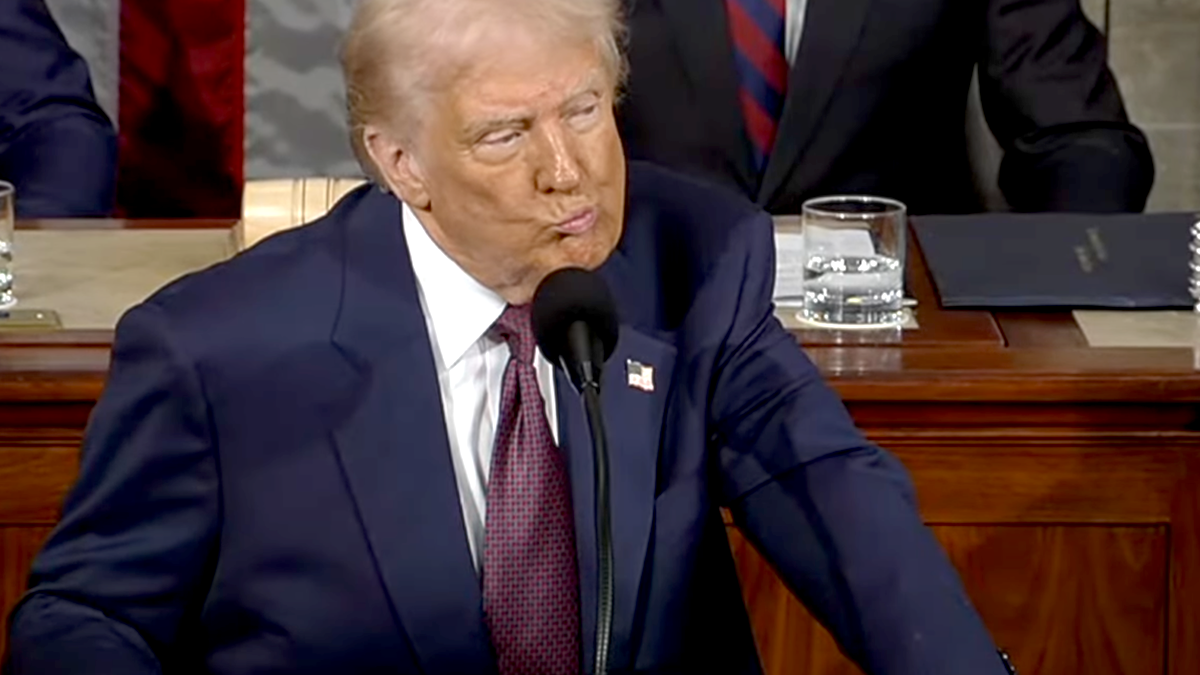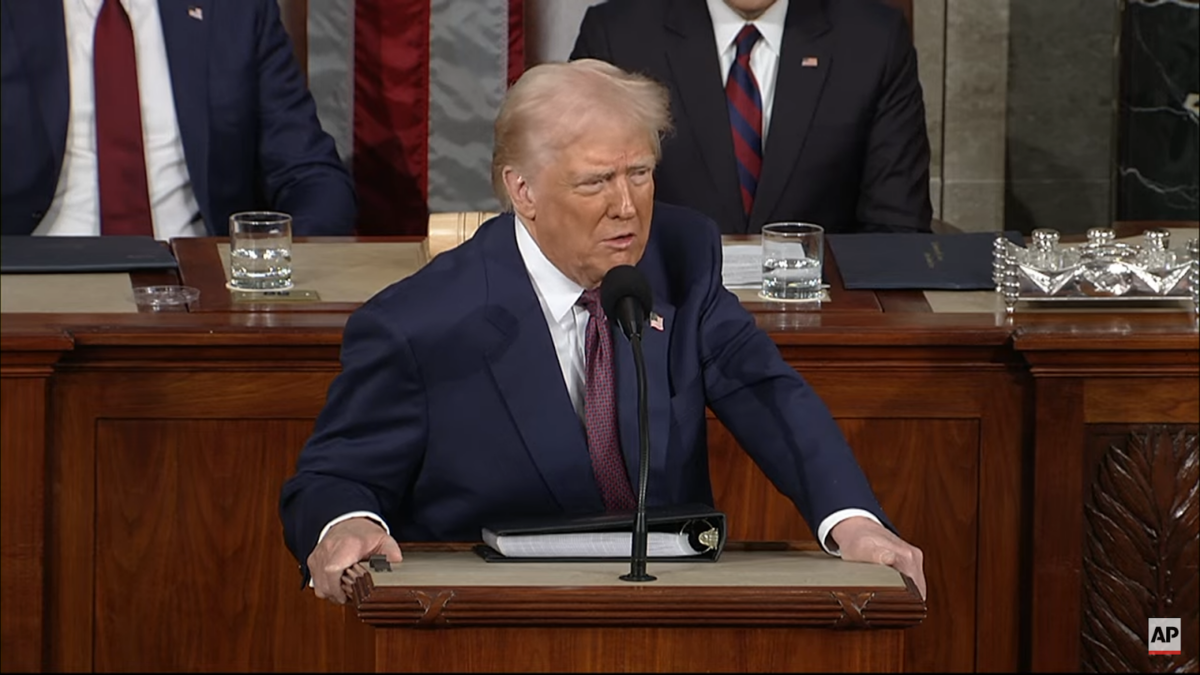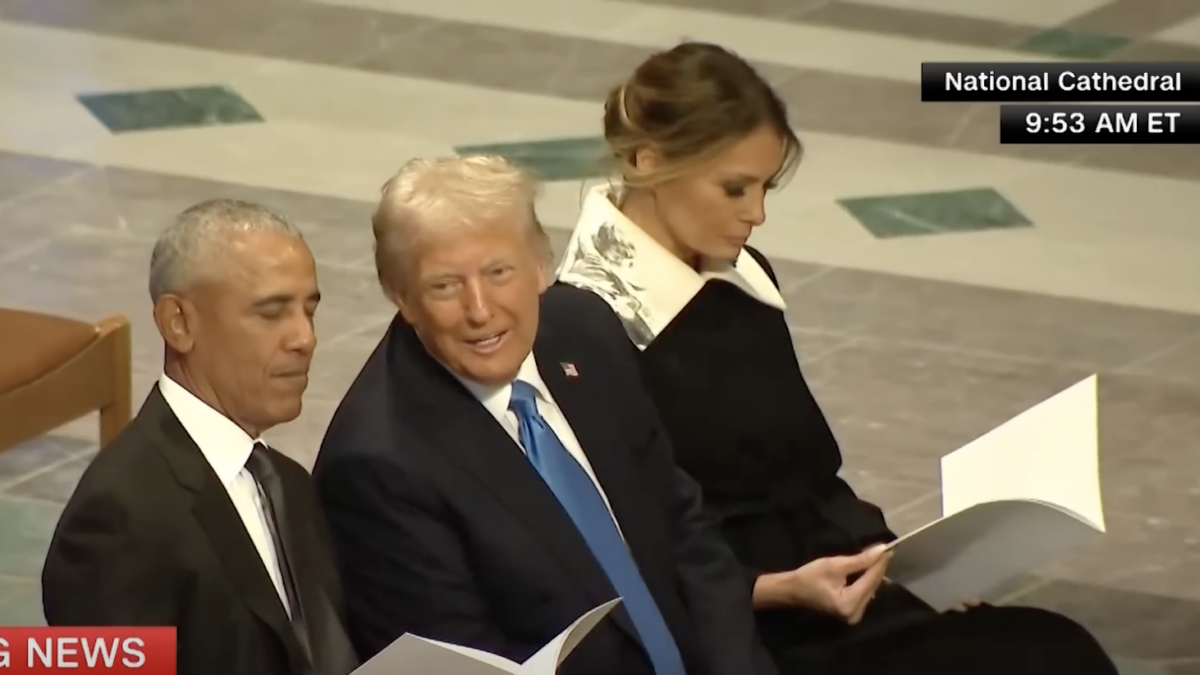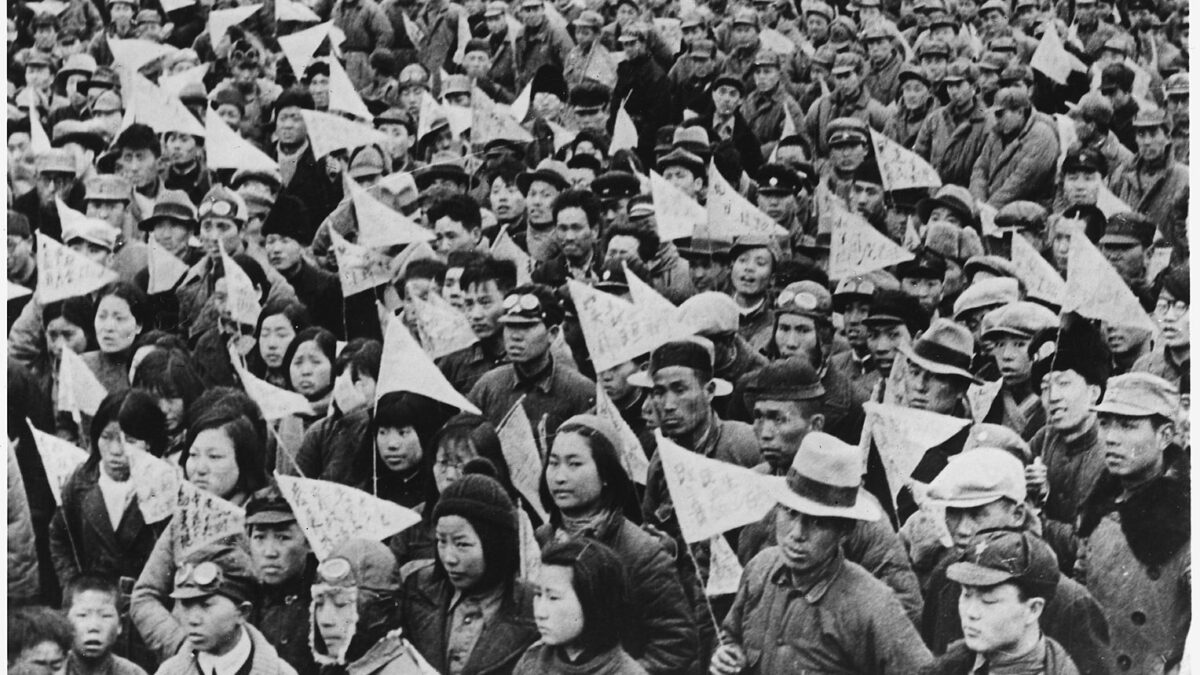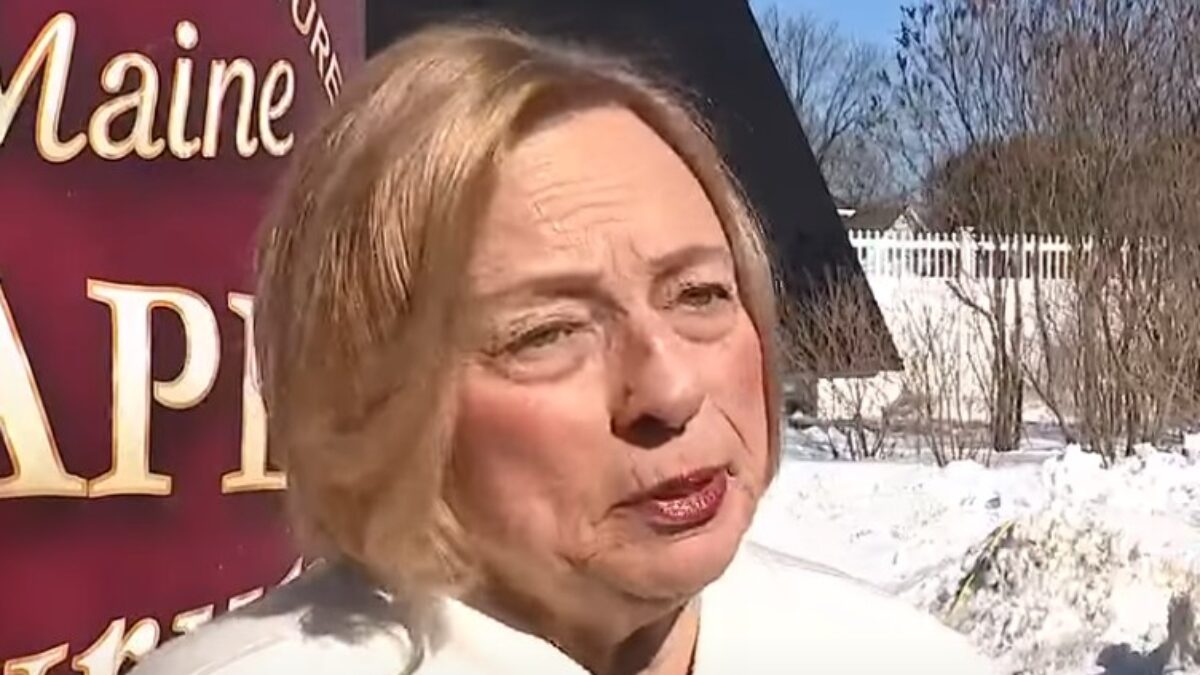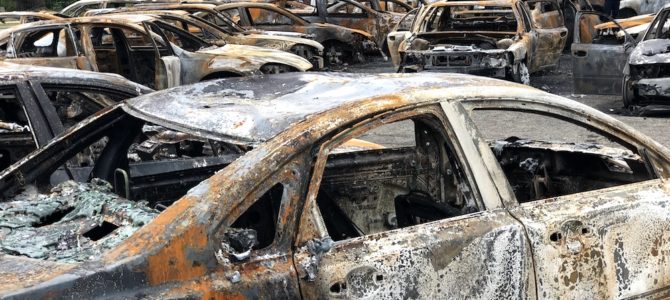
It’s been one year since an immigrant watched every vehicle in his car dealership go up in flames, one year since Rode’s Camera Shop became a pile of ashes and the country woke up to learn the name Kyle Rittenhouse after the teen killed two people. A year since businesses frantically tacked “Black Lives Matter” signs onto their storefronts and families spraypainted “Please, kids above” onto boarded-up windows hoping the mob would pass over them — ominous symbols that still remain after a full trip around the sun.
One year ago, a town in southeast Wisconsin reaped the consequences of the left-ignited race war when onlookers imposed racist motives onto a police officer — who had acted within his professional duty to protect the lives of a mother and her children — and subsequently set a city ablaze. That one incident and the nights of violence that ensued would not only change the people of Kenosha; it would also change the politics.
It isn’t that riot violence is partisan, although the 2020 summer of rage was undoubtedly fueled by the reckless race-baiting of the left-wing ruling class and carried out by Marxist so-called “racial justice” revolutionaries. Rather, the infamous riots that ravaged Kenosha last summer are politically significant because they unearthed the incontrovertible difference between our red and blue political leaders on upholding the law.
“I think those individuals … in Kenosha recognize that President Trump supported enforcing the law and supported public safety,” Rep. Bryan Steil, the congressman representing Wisconsin’s 1st Congressional District, which is home to Kenosha, told The Federalist. “And the Democrats were beholden to the far left, and in particular, those calling to defund the police and refusing to support the men and women of law enforcement.”
Steil was referring specifically to Wisconsin Gov. Tony Evers. Although the state’s top Democrat and his media sycophants have tried for the past 365 days to rewrite the events of last August, history condemns them.
With each executive decision, the governor prioritized the most radical wing of his party over law and order. In fact, Evers didn’t merely respond incorrectly to the violence; he helped ignite it, blasting out anti-police statements before any facts of the Jacob Blake shooting had come to light. For example, in the hours after Blake was shot on Sunday, Evers tweeted:
Tonight, Jacob Blake was shot in the back multiple times, in broad daylight, in Kenosha, Wisconsin. Kathy and I join his family, friends, and neighbors in hoping earnestly that he will not succumb to his injuries.
— Governor Tony Evers (@GovEvers) August 24, 2020
“We must see the trauma, fear, and exhaustion of being black in our state and our country,” Evers said, stoking the flame in a video address he posted the following day. He also tweeted about his administration’s legislative efforts “to increase accountability and transparency” in policing and endorsed statements decrying “racial injustice and systemic oppression” in Wisconsin communities. Lt. Gov. Mandela Barnes jumped in the ring too.
To everyone that is as tired as I am, know that I stand with you in the fight for a better world—a world where Black lives actually matter. A world with decency, with true justice, equity, and opportunity for all Black people.
— Lt. Governor Mandela Barnes (@LGMandelaBarnes) August 24, 2020
“The executive came out and decided that it was incumbent upon him to be judge and jury and executioner and issued a statement that was so inflammatory, that cops across Wisconsin came out and said, ‘We prefer you not say things like that — at all,’ ” former Wisconsin Lt. Gov. Rebecca Kleefisch told The Federalist.
Kleefisch was talking about a letter the presidents of four different law enforcement organizations in the state sent to Evers on Aug. 27, four days after the Blake shooting, asking the governor to “discontinue and refrain from making statements” about the Blake shooting until the facts of the case were investigated because they said he was putting police in danger. They said his comments were “premature, judgmental, inflammatory and only add[ing] to the anger and divisiveness of an already dangerous situation.”
Evers’s rhetoric “just shows a governor who is completely out of touch with Regular Wisconsinites,” Kleefisch said, noting a nationwide poll from Marquette University showing 80 percent favorability toward police. He’s “particularly out of touch with the needs of people in crisis, like the folks in Kenosha who desperately needed help.”
But it wasn’t just the Democrat’s race-baiting commentary that fueled the city’s fiery nights. It was also Evers’s lack of leadership and refusal to deploy adequate National Guardsmen or federal back-up, despite pleas from local leaders all the way up to the president of the United States.
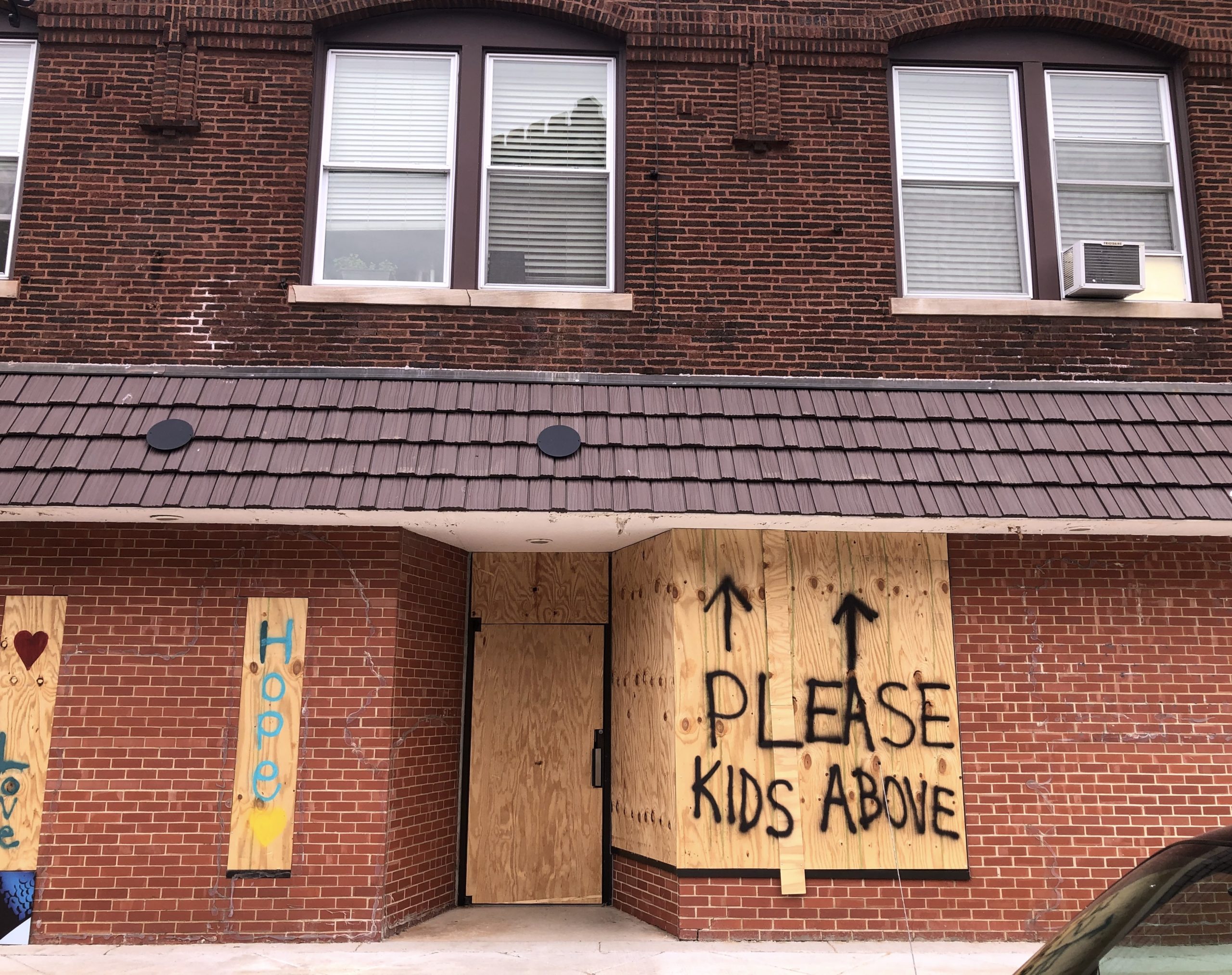
Kenosha county board members formally requested 1,500 National Guard members on Aug. 26, a request Evers did not accommodate. In fact, more than 24 hours after the Blake shooting, during the second night of rioting, Evers sent only 125 guardsmen, saying it was the best he could do. That’s fewer than he deployed for crowd control last month for the NBA finals in Milwaukee.
Kenosha Needed More Than a Few National Guards
The National Guard wasn’t his only option, however, as Steil explained. Beyond simply deploying guardsmen for crowd control, the governor could have requested federal assistance to fill a more traditional law enforcement role, such as U.S. marshals, FBI agents, or people from the Bureau of Alcohol, Tobacco, Firearms, and Explosives to handle arson issues. That’s why, hearing the pleas of Kenoshans, the congressman called the White House switchboard and worked his way up until he got on the phone with Trump to request assistance.
“Well, Bryan, your governor hasn’t called me,” Steil said, recalling Trump’s response to his request. “Let me get this straight, Bryan. You want me to call your governor?” And that’s exactly what the president did.
Despite the White House extending a hand, however, the Evers administration turned it down — that is, until the fatal Rittenhouse shooting, which happened exactly one year ago last night. That’s what it took for Evers to accept help from the Republican president. In fact, the official response from the governor’s office was that he “would not need federal assistance in response to protests, but would welcome additional federal support and resources for our state’s response to COVID-19.”
“Donald Trump was the man who showed leadership in the throes of riots and crisis,” Kleefisch said. “In fact, Tony Evers did not even show up in Kenosha until four days after the fact. Two men had to lose their lives and 50 businesses had to be destroyed in order for Tony Evers to bother showing up.”
Evers eventually relented, accepting federal help and upping the National Guard count to 500 troops, after an estimated $50 million dollars in property damage affecting 100 businesses (with 40 of them now “out-of-business for good”), three people shot, and two of them dead. Steil said that if Evers had accepted help sooner, the Rittenhouse shooting on Tuesday night of that fiery week “for sure” wouldn’t have happened.
“Nobody should have been on the streets on Tuesday night, nobody,” Steil said. “They should have had sufficient resources and enforced a curfew and all of this. Everything that occurred on Tuesday night could have been avoided.”
Since When Does Evers Care about ‘Official Channels’?
To this day, Evers’ defenders say he fulfilled “all requests for assistance we received via official channels,” but his detractors say, “Who cares?” All it would have taken was the governor turning on the news or answering a call from a concerned citizen to know that his public relations prattle about “official channels” wouldn’t be enough to protect his constituents in Kenosha and their livelihoods.
“Talk to them, figure out what they need,” Steil said. “You’re the governor, you get to decide whether or not something is needed or not in the end. And clearly, the evidence is overwhelming that for three nights in a row, he failed to provide sufficient resources.”
“Evers’ version of official channels is mind-boggling,” Kleefisch added. “This is the same man who permitted a secret recording of legislative leaders. I wonder if he thinks things like that are somehow official channels.”
Evers’ office did not return The Federalist’s request for comment.
This Is Bad News for the Governor
None of this bodes well for Wisconsin’s governor, who will be up for reelection next November. Despite the media’s best efforts, evidence shows many of the state’s voters are fed up with crime and with leaders who aren’t willing to crack down on it. For instance, in the inner city of Kenosha, now-President Joe Biden fared worse than expected in the 2020 presidential election, losing the purple county by 3 percentage points.
Even Democrat voters are concerned about crime. A 2022 Democratic primary poll conducted last month in Kenosha’s neighbor Milwaukee showed that “lowering crime and increasing neighborhood safety” are top issues for even blue voters.
Election results are about more than riots, however, and in the 2022 gubernatorial race, they’ll be based on Wisconsin’s 72 counties, not just battered Kenosha. But polls show crime concerns are much bigger than isolated riots. According to the Marquette University poll, 69 percent of registered Wisconsin voters think crime is rising nationwide, with 43 percent saying it is higher in their communities.
“If you take a look at what has happened in Wisconsin over the last year, you’ve seen a drive-by shooting in the Wisconsin Dells, waterpark capital of the world, right? You’ve seen a shooting two blocks off of State Street, where we like to advertise the world’s largest outdoor farmer’s market right by the Wisconsin State Capitol. You saw a state senator beat until he was unconscious and left on the Capitol lawn while rioters destroyed statues and tried to firebomb the City County building,” Kleefisch said. “Even the NBA championship celebration was interrupted by shootings.”
“These are the news cycles that our everyday Wisconsinites are watching,” Kleefisch continued. “And to see this type of thing bleed into everyday conversations is a sad change from what we saw just a few short years ago, and I think it is a direct result of the abdication of leadership and the weakness of Gov. Tony Evers.”
Everyday Wisconsinites are watching, and like the Kenoshans whose windows are still boarded, they won’t soon forget.



